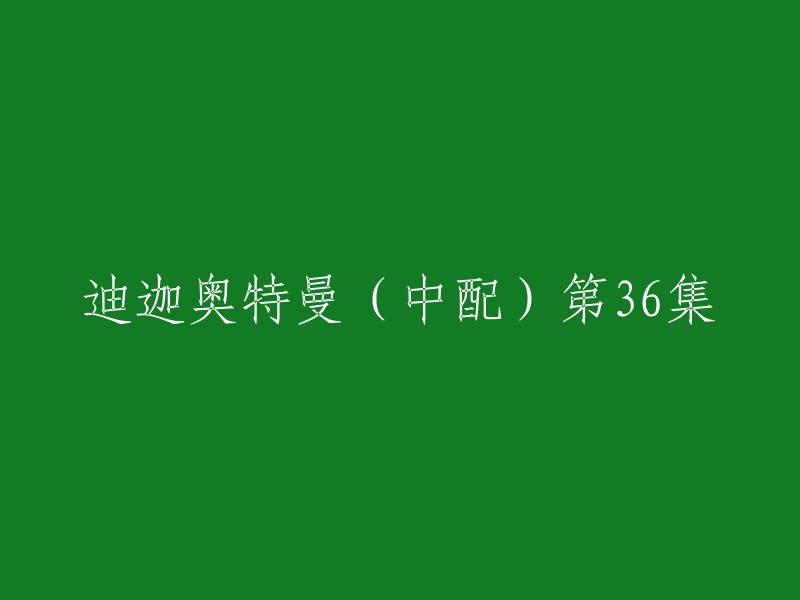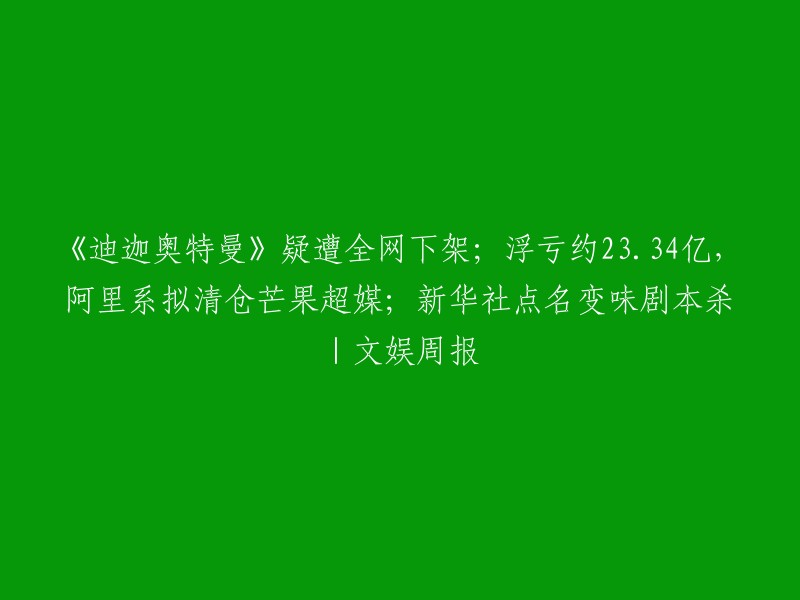When providing first aid, it is essential to identify the type of burn the person has. If you're uncertain, treat it as a major burn, which requires immediate medical care. Call your local emergency number or 911 in case of serious burns.
Minor burns are less severe and do not require immediate medical attention. In such cases, if the skin is unbroken, follow these steps:
* Run cool water over the affected area or soak it in a cool bath for at least 5 to 30 minutes. This helps reduce pain and swelling.
* Cover the burn with a dry, sterile bandage or clean dressing to protect it from pressure and friction.
* Calm and reassure the person to help alleviate their anxiety and stress caused by the burn.
* Over-the-counter ibuprofen or acetaminophen can be taken to relieve pain and swelling. Do not give aspirin to children under 12.
* After the skin has cooled, moisturizing lotion containing aloe and an antibiotic can also help soothe the burn.
Minor burns generally heal on their own without further treatment. However, it is crucial to ensure that the person is up to date on their tetanus immunization.
Major burns, on the other hand, are severe injuries that require immediate medical attention. These burns affect all layers of the skin and can cause significant pain and damage to underlying tissue. If you suspect that someone has suffered a major burn, call your local emergency number or 911 immediately.
If someone is on fire, it is important to know what to do immediately to try and save their life. The first thing you should tell the person to do is stop, drop, and roll onto their side. This will help to extinguish the flames and prevent them from inhaling too much smoke.
After this, you should follow these steps:
1. Wrap the person in thick material that can help to put out the flames. This could be a wool or cotton coat, rug, or blanket.
2. Pour water on the person's body to cool them off and help to extinguish the flames.
3. Call 911 or your local emergency number for immediate medical attention.
4. Make sure that the person is no longer touching any burning or smoking materials.
5. DO NOT remove burned clothing that is stuck to the skin as this can further damage the affected area.
6. Check if the person is breathing and if not, begin rescue breathing and CPR.
7. Cover the burn area with a dry sterile bandage (if available) or clean cloth. A sheet will do if the burned area is large. DO NOT apply any ointments. Avoid breaking burn blisters as this can lead to infection.
8. If fingers or toes have been burned, separate them with dry, sterile, non-stick bandages.
9. Raise the body part that is burned above the level of the heart to minimize swelling.
10. Protect the burn area from pressure and friction by keeping it covered and immobilizing the body part if possible.
If an electrical injury is suspected, it's important to avoid contact with the victim and take steps to prevent further harm. If possible, use a non-metallic object to separate the person from exposed wires before administering first aid. This will help to prevent any further shocks or electrocution.
Once the area has been cleared of wires and other hazards, you can begin providing first aid for the burn. It's important to keep the affected area clean and cool, and to cover it with a sterile bandage or dressing as needed. You may also want to consider offering over-the-counter pain medication or antihistamines to help with any discomfort or itching.
If the person doesn't have a head, neck, back, or leg injury, it's still important to monitor their condition until medical help arrives. Lay them down flat on their back and elevate their feet about 12 inches (30 centimeters) above their heart level. Cover them with a coat or blanket to keep them warm and comfortable.
It's also important to continue monitoring their pulse, rate of breathing, and blood pressure throughout this process. This information can be vital in determining the severity of their injuries and ensuring that they receive the appropriate treatment as soon as possible






